Day of the Dead Vibes in Portugal: A Dark Tourism Special
Is it wrong that I’m so excited to write about dark tourism in Portugal? If you’ve been following my ramblings—er, I mean, my posts—you’ll know I’ve got a thing for exploring the macabre side of history. While Nico might be here for the wine regions and gothic monasteries, I’m all about the beaches and, you guessed it, the chapels of bones. To each their own, right?
Ah, Portugal. The land of sunny beaches, charming old towns, and...bones? Yes, you read that right. Today, I took a break from writing the typical tourist experience we had in Portugal and dive into the wonderfully weird world of dark tourism. The destination? The infamous Chapels of Bones, where the décor is straight out of your wildest Halloween nightmares. Forget the sunny side of Portugal—today, we’re embracing the creepy, the kooky, and the downright unsettling. This is exciting! -glee like a deranged woman
Capela dos Ossos Faro: A Cozy Little Bone Room
First stop: Faro, a city known for its gorgeous beaches, historical sites, and—surprise—a chapel made entirely of human bones. Because nothing says “welcome to our beautiful town” like a room full of skeletons, right? The Capela dos Ossos in Faro is tucked away in the Igreja do Carmo, a church that, on the outside, looks like any other charming place of worship. But step inside, and it’s a whole different story. I found out about this chapel by sheer accident—serendipity, if you will—when I spotted a sign on the road and insisted we make a detour. What do you mean this isn't the kind of event we can call as serendipity?
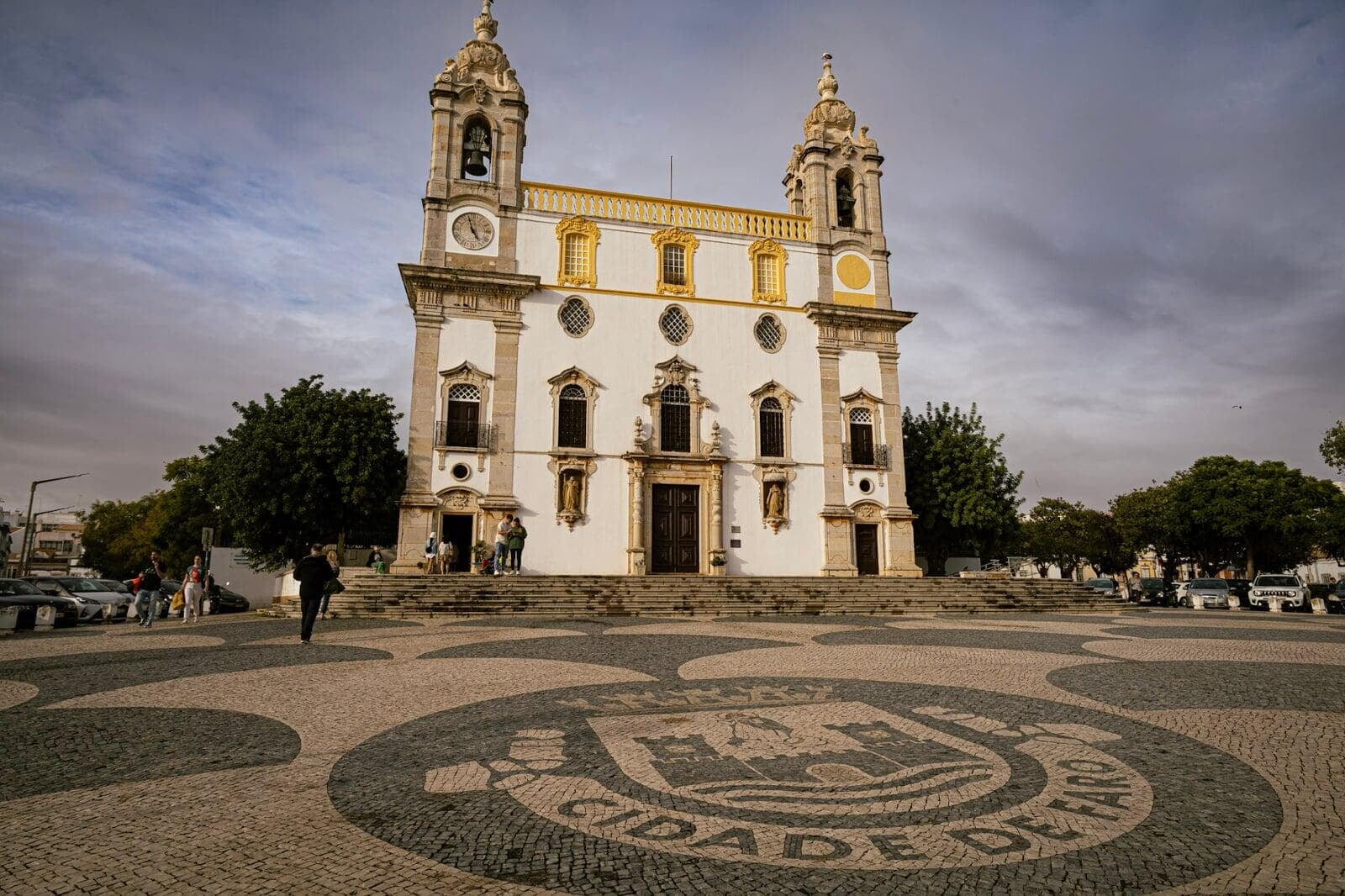
The chapel itself is cozy—I mean, really cozy. Imagine a room where the walls are lined with skulls and bones, all neatly arranged like some sort of macabre jigsaw puzzle. We’re talking femurs, tibias, skulls—the whole skeleton crew, from floor to ceiling. The whole thing is held together by mortar and, presumably, a strong sense of dark humor. The inscription above the entrance cheerfully reads, “Stop here and consider, that you will reach this state too,” which is just the kind of motivational quote no body needs to start their day.
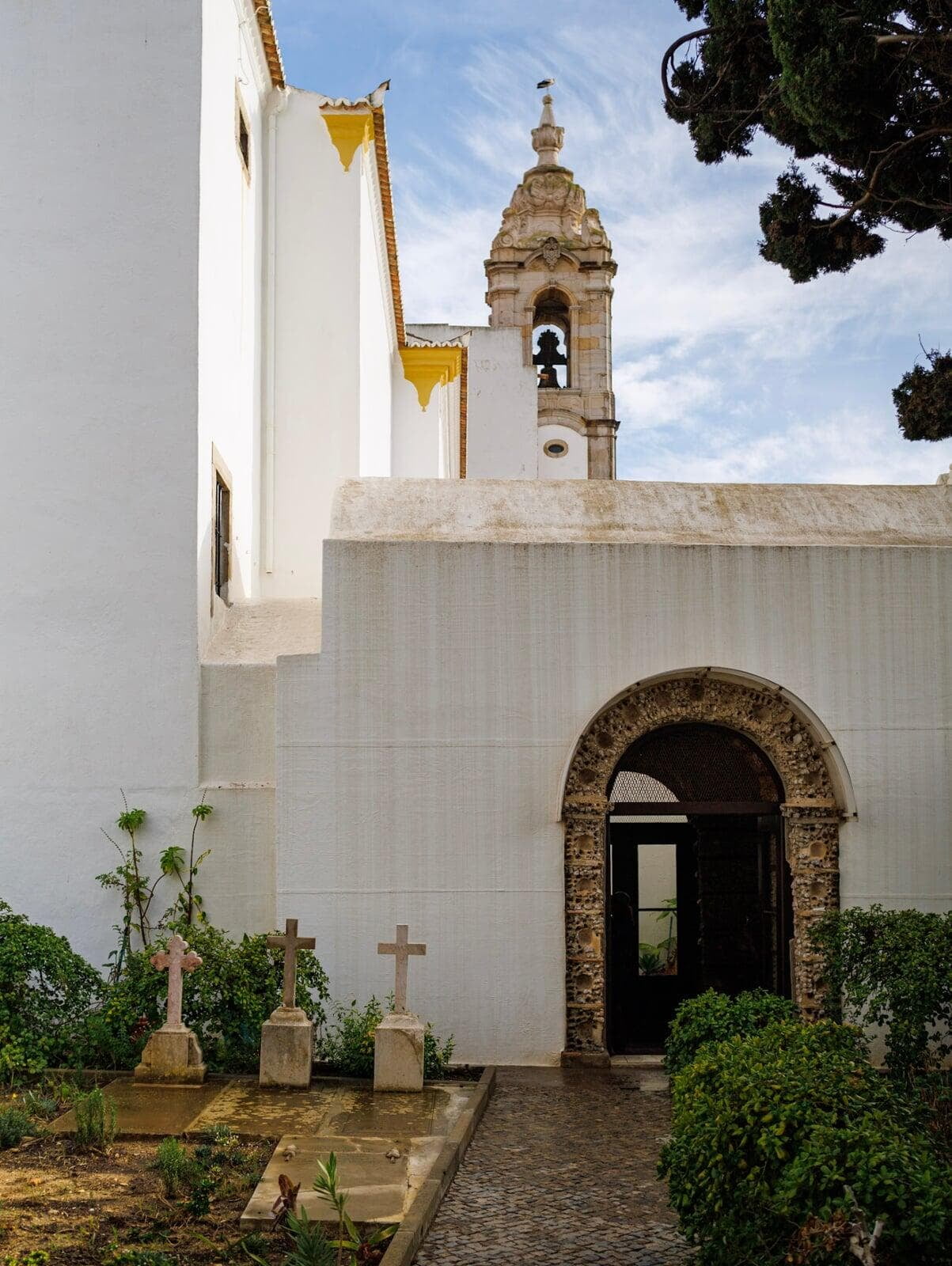
As I wandered around the small, bone-filled room, I honestly felt rather...awkward. There I was, gawking at what was essentially a centuries-old art installation made of dead people, while tourists around me snapped selfies like they were at the Louvre museum. I did my best to keep a straight face and not think too hard about the fact that I was surrounded by hundreds of skeletons who probably never signed up to be part of this creepy chapel.
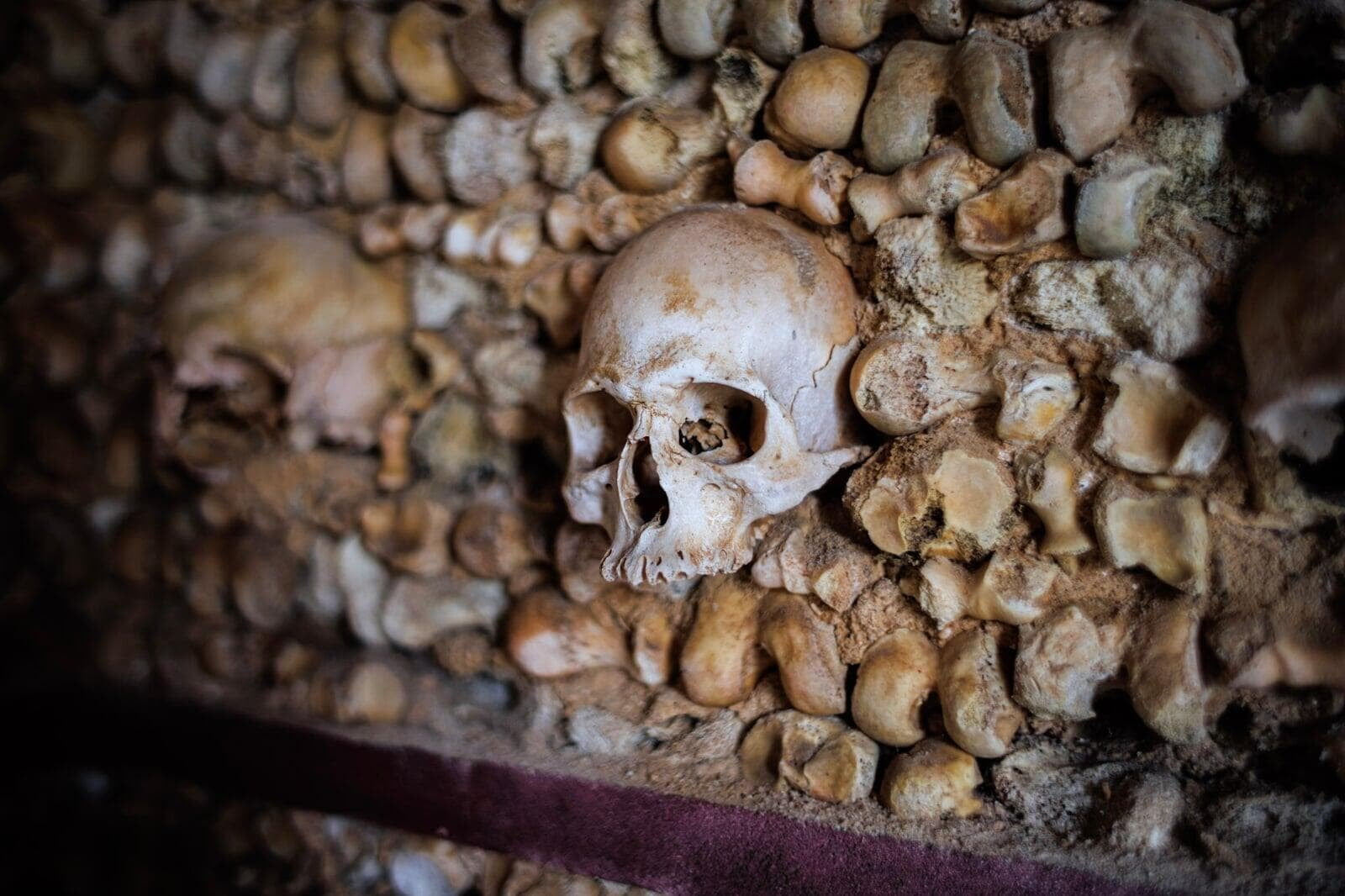
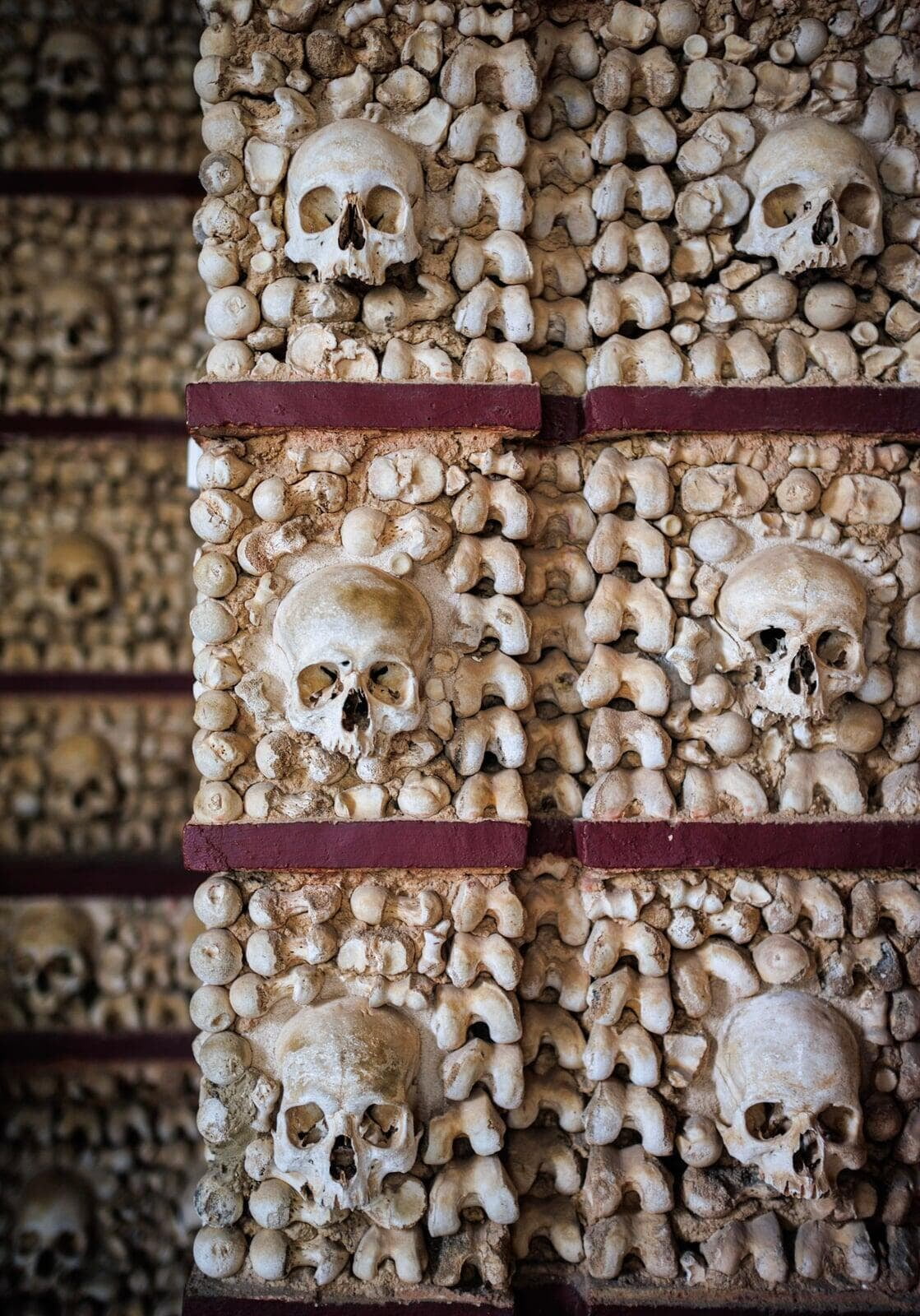
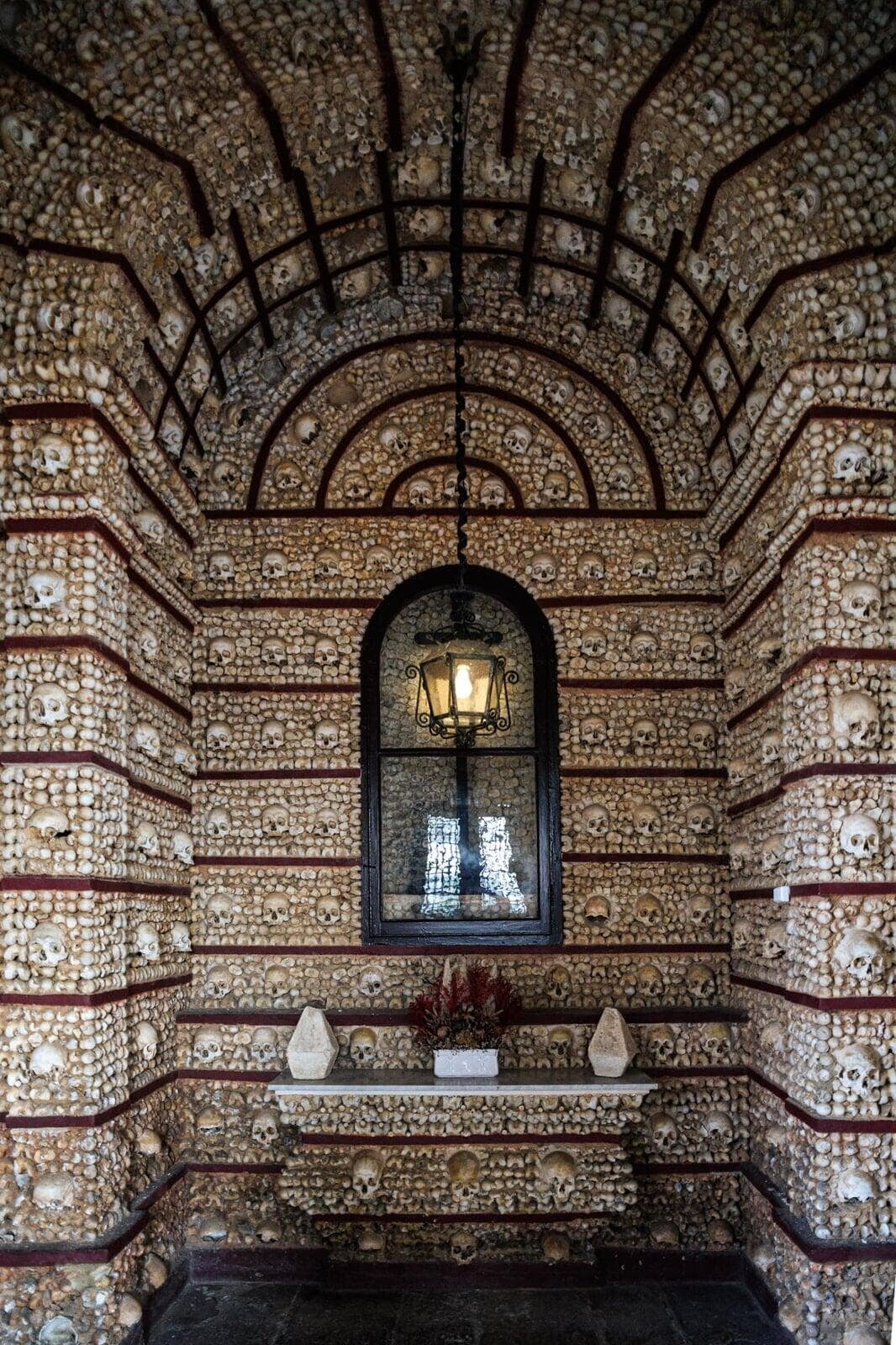
The chapel might not be as famous as the one in Évora, perhaps due to its size, but it’s still a sight to behold. You can really get up close and personal with the bones—some well-preserved, others looking a bit worse for wear (I blame time and osteoporosis).
Note to self: drink more milk.
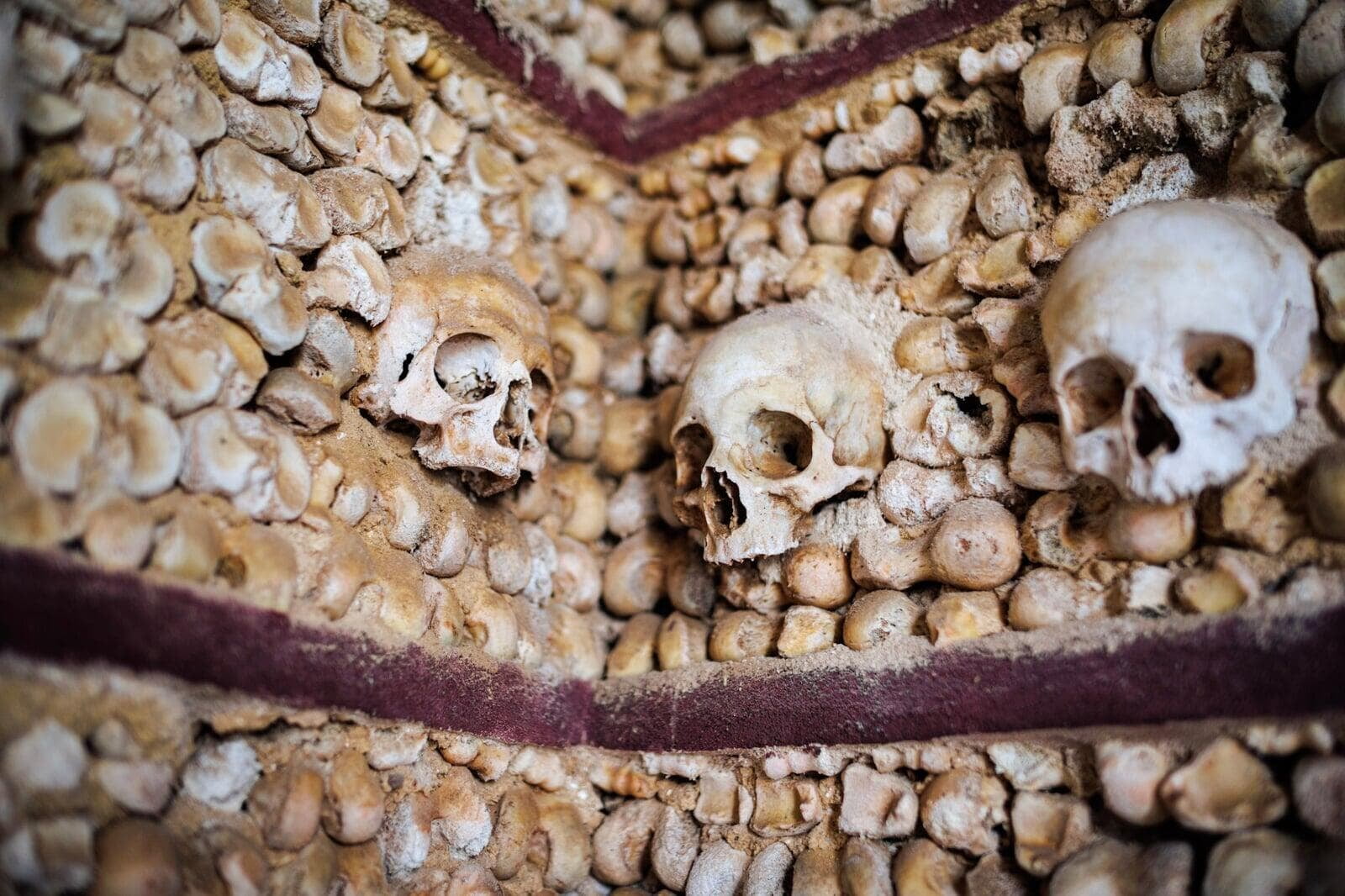
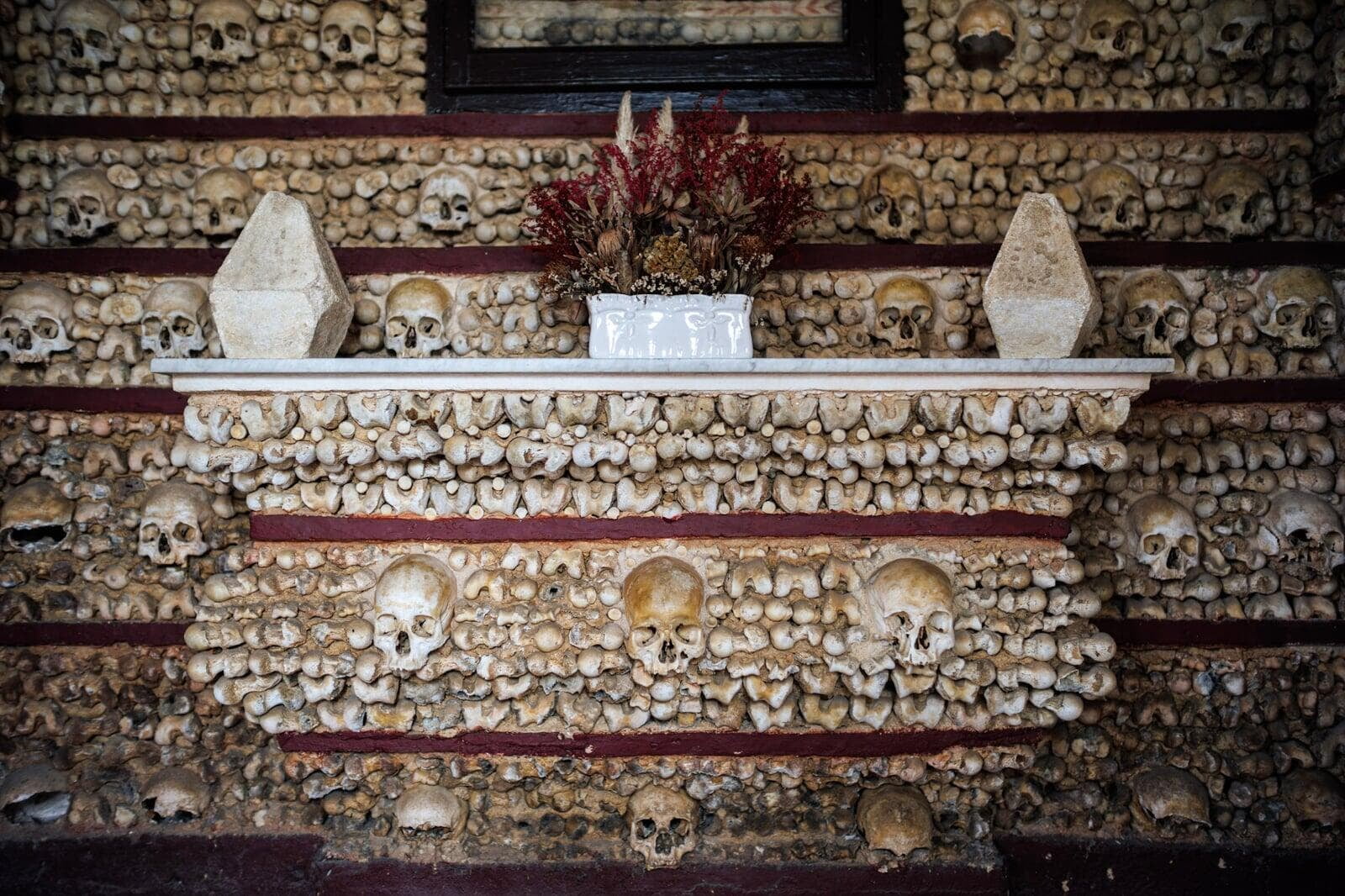
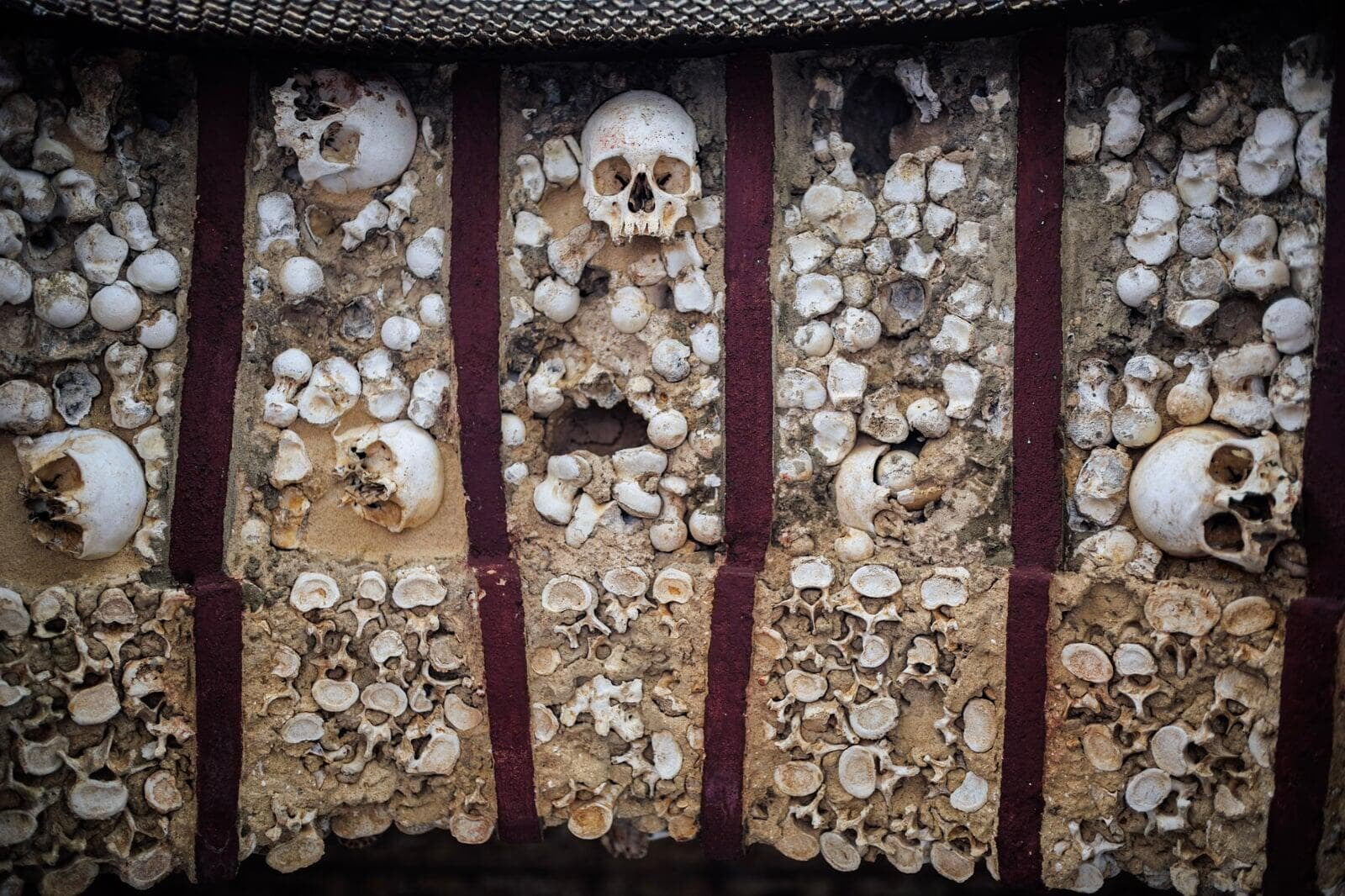
Capela dos Ossos Évora: Portugal most Iconic Chapel of Bones
Feeling sufficiently spooked yet? Now let's talk about Portugal iconic chapel of bones: Capela dos ossos Évora. This place was one of the top on our must-visit list and one of the main reasons we spent a night in Évora. If you thought Faro’s bone room was something, just wait until you see this place. Évora’s chapel is a gothic masterpiece that takes the phrase “resting in peace” and turns it on its skull.
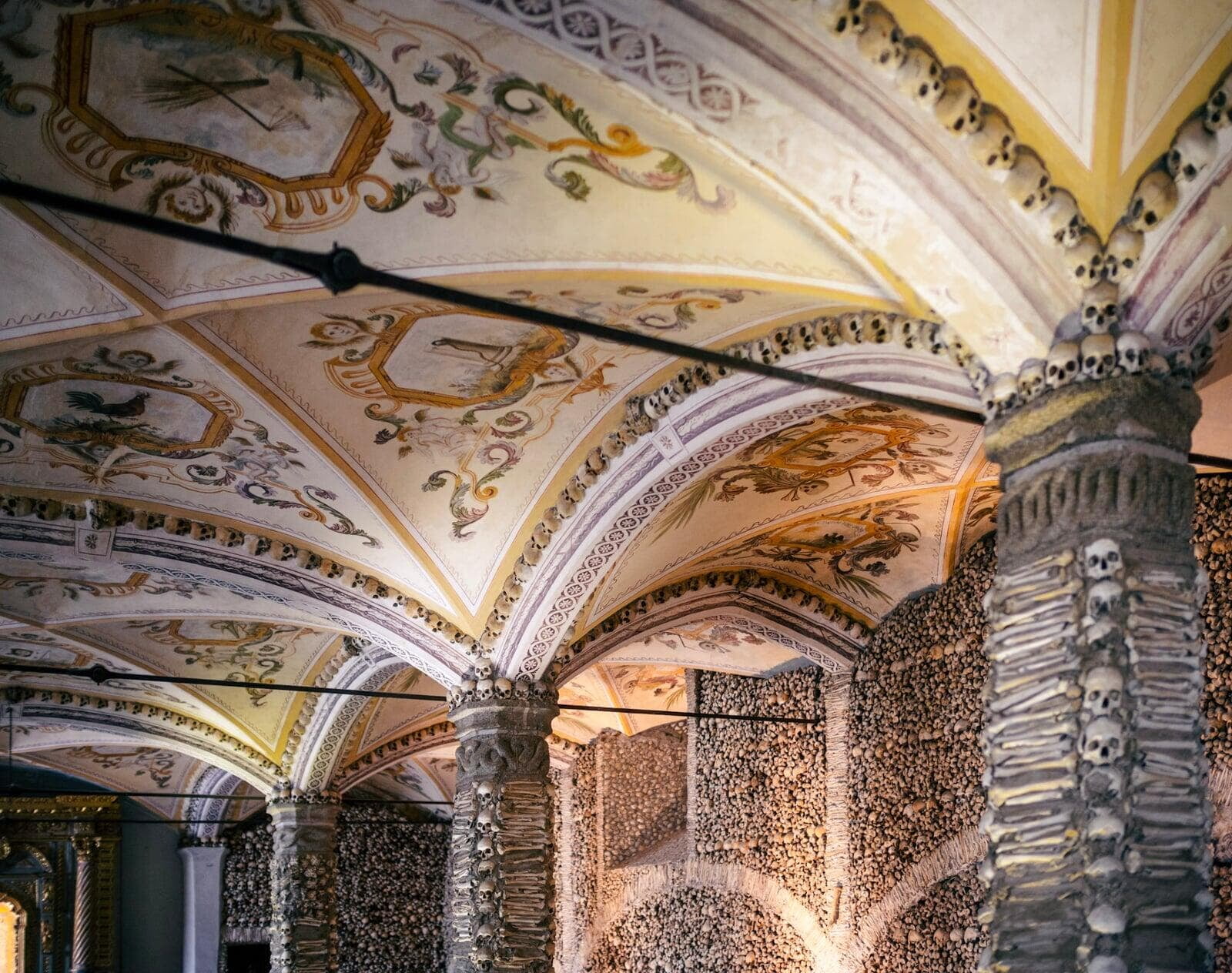
Like Faro’s chapel, the Capela dos Ossos in Évora is attached to the perfectly normal-looking Church of St. Francis. But venture into the bone zone, and things take a turn for the creepy. The chapel is larger than Faro’s and although it's beautifully decorated (with bones, obvi) somehow even more unsettling. The walls and columns are entirely covered in bones and skulls, arranged in patterns that are both artistic and eerie. Thousands of remains were used to create this chapel, making it the ultimate bone collector's dream (or nightmare, depending on how you look at it).
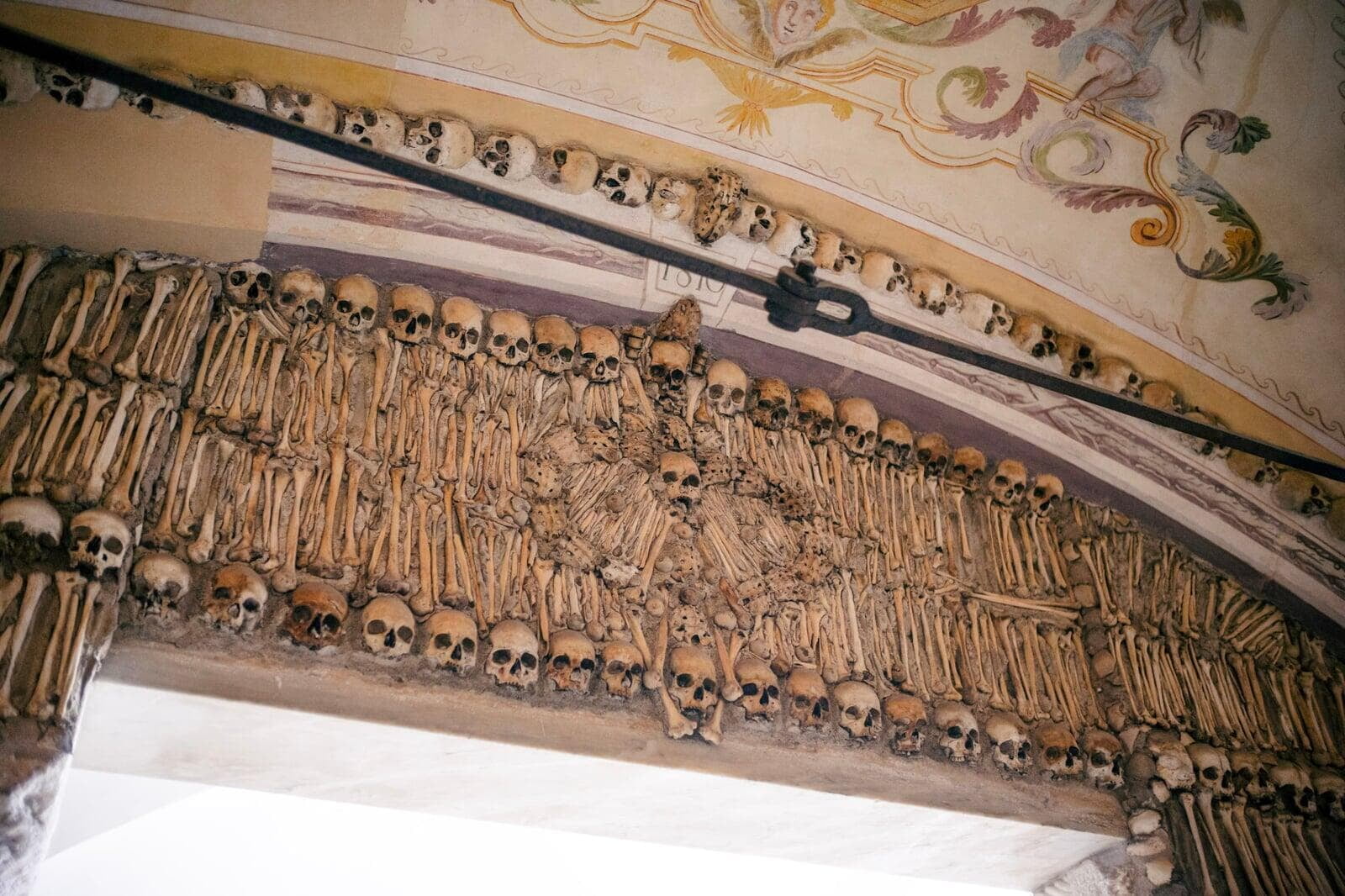
Above the entrance, another cheerful inscription greets you: “We bones that are here, for yours await.” You know, just in case you needed a reminder of your mortality before stepping into a room filled with skulls staring back at you. As I wandered through the chapel, my mind was blown by sheer dedication it took to put this place together. I mean, whoever decided to decorate with bones clearly committed to the theme. The altar is flanked by full skeletons hanging out in glass cases, as if to say, “We’re watching you, but like, in a friendly way.”
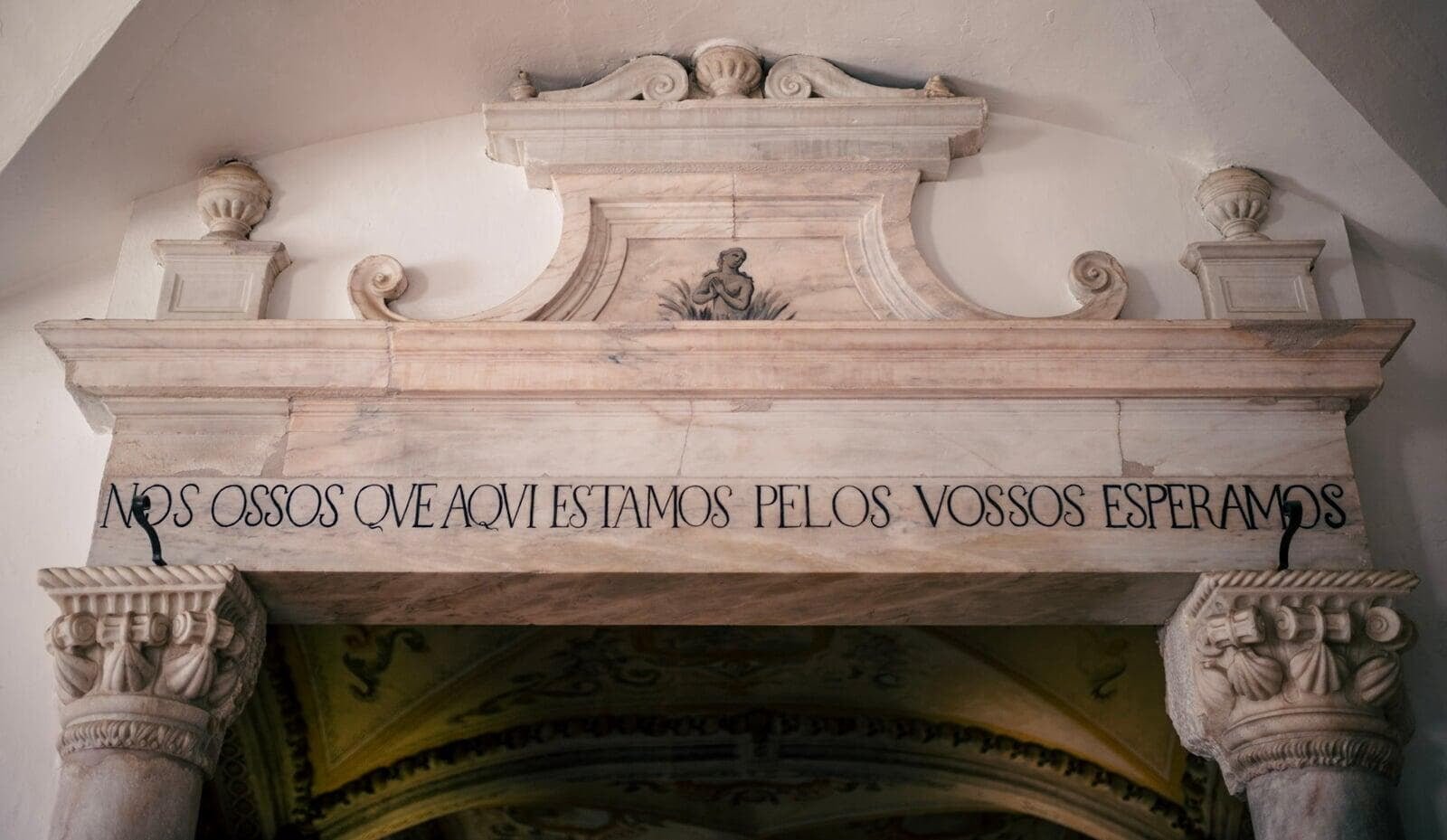
What's the purpose of these chapels, afterall?
Ah, the burning questions that only a bone-studded chapel can spark! I mean, who in the world looks at a pile of bones and thinks, "You know what would really tie this room together? A nice skull motif"? And more importantly, how did they convince the church to go along with this idea? Did they pitch it as the ultimate in Gothic décor?
Apparently, the whole bone-decorating trend was born out of necessity rather than some bizarre artistic vision. From what I understood, back in the day, cemeteries were running out of space, and rather than just letting the old bones pile up, some enterprising monks decided to repurpose them as building materials. Nothing says "creative reuse" quite like turning your ancestors into wall art.
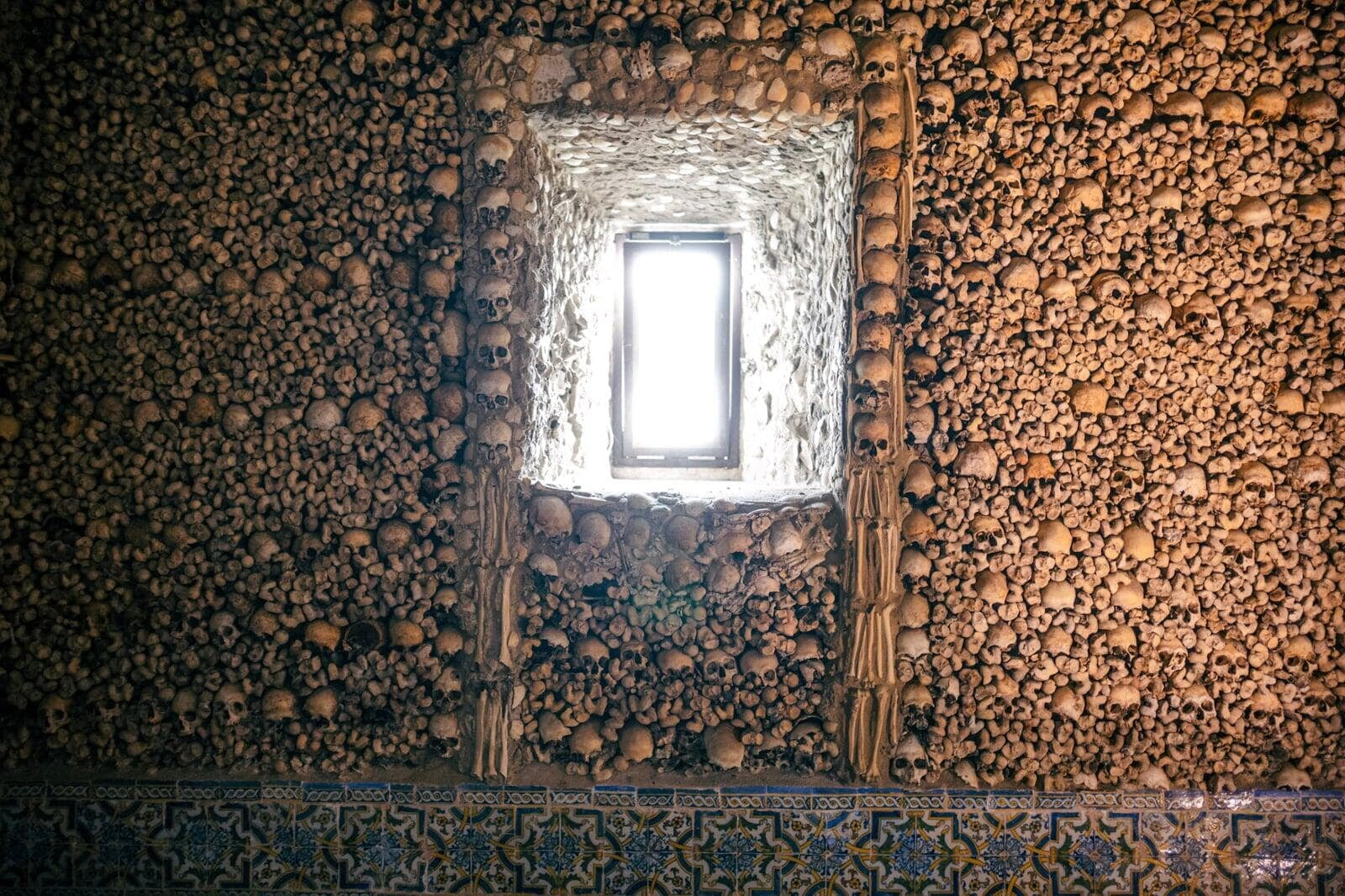
And as for the church supporting it—well, I always knew that the Catholic Church has always had a flair for the dramatic. The chapels were meant to remind the faithful of their mortality, a sort of spiritual wake-up call, if you will. "Memento mori," they said—"Remember you will die." Not exactly a Hallmark card, but effective nonetheless. And while we may never fully understand the minds behind these bony masterpieces, one thing’s for sure: they knew how to make a lasting impression. Literally.
The chapels of bones: worth the spooks?
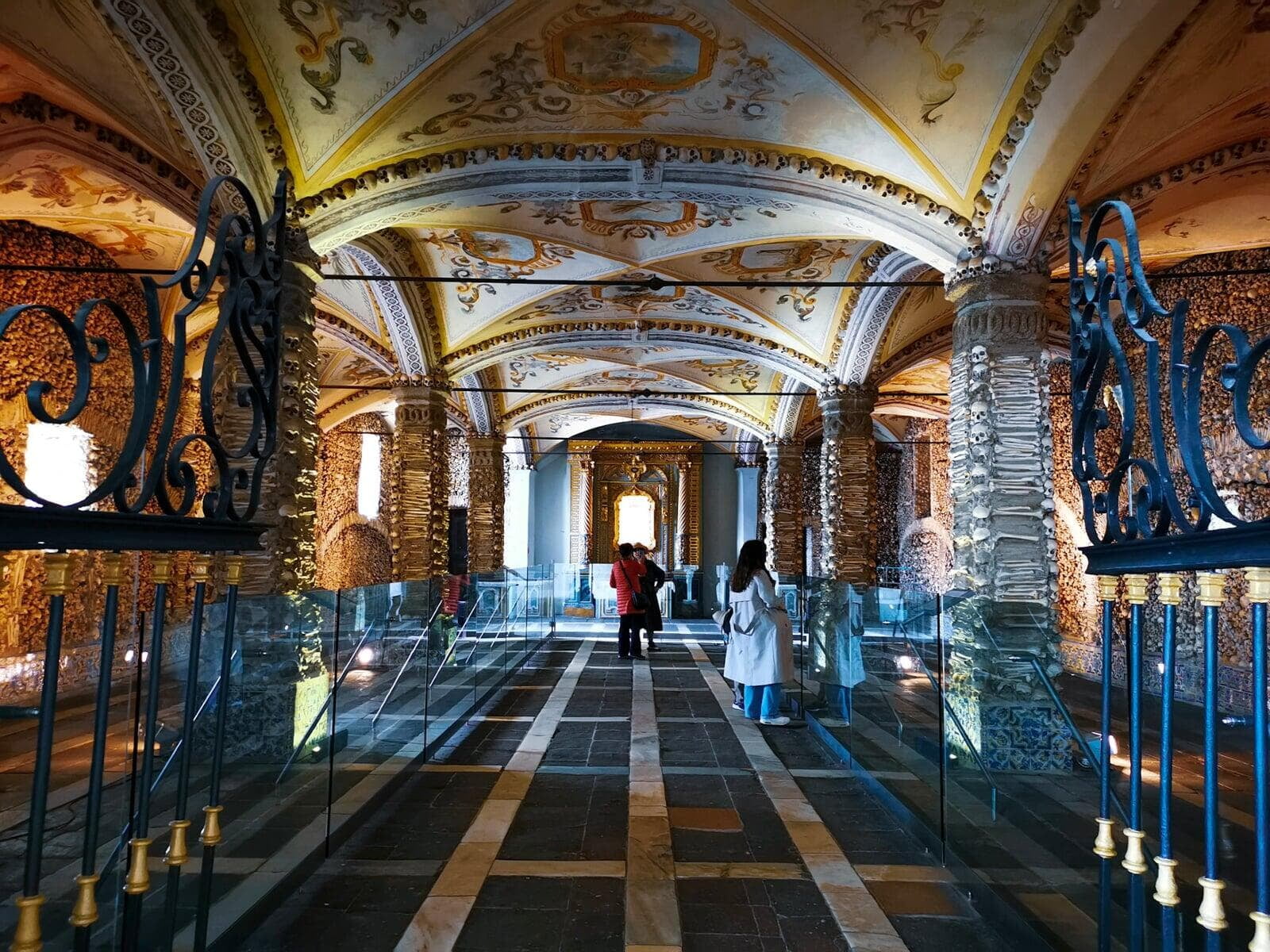
If you ask me, I would definitely say yes—absolutely visit these bone chapels—and I’d even go so far as to recommend them to anyone with a taste for the unusual. But I get it; dark tourism isn’t everyone’s cup of tea when it comes to travel destinations. For starters, dark tourism is not for the faint of heart—or the easily creeped out. Sure, it’s creepy, maybe even a little morbid that left me both intrigued and a little freaked out, but it’s also a fascinating dive into history, culture, and the human condition.
It’s a far cry from your typical sunny Portuguese adventure, but sometimes you’ve got to embrace the dark side to really appreciate the light. Plus, it makes for one heck of a story to tell at dinner parties.. LOL..